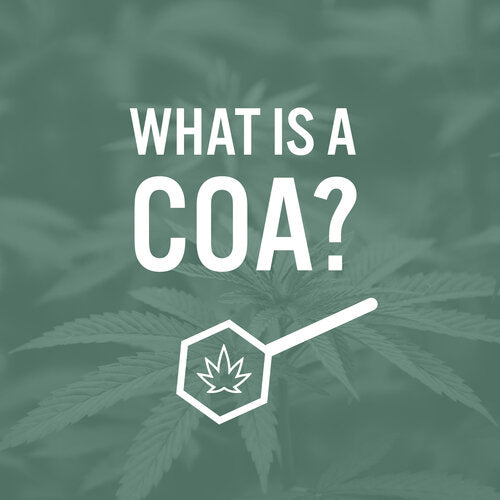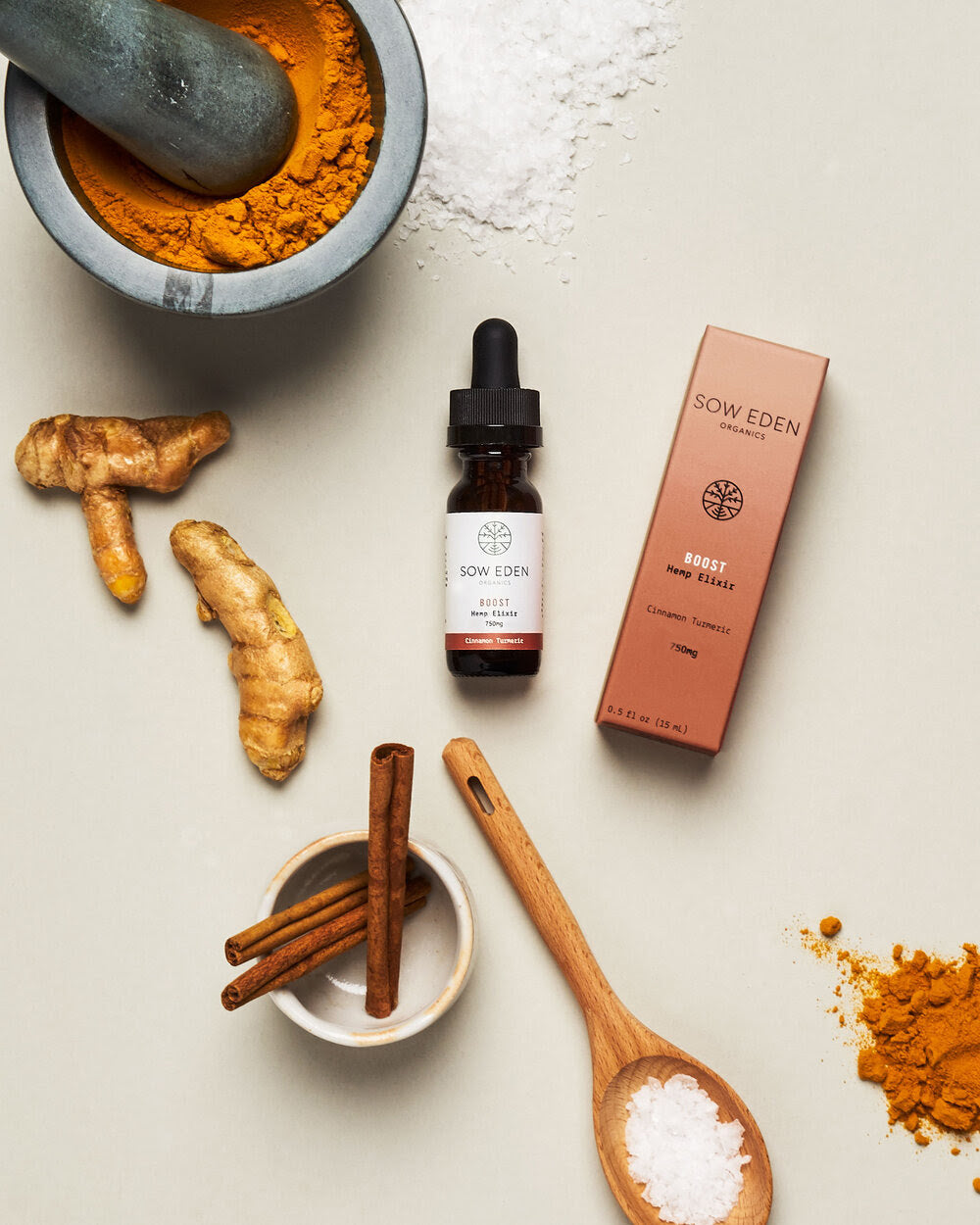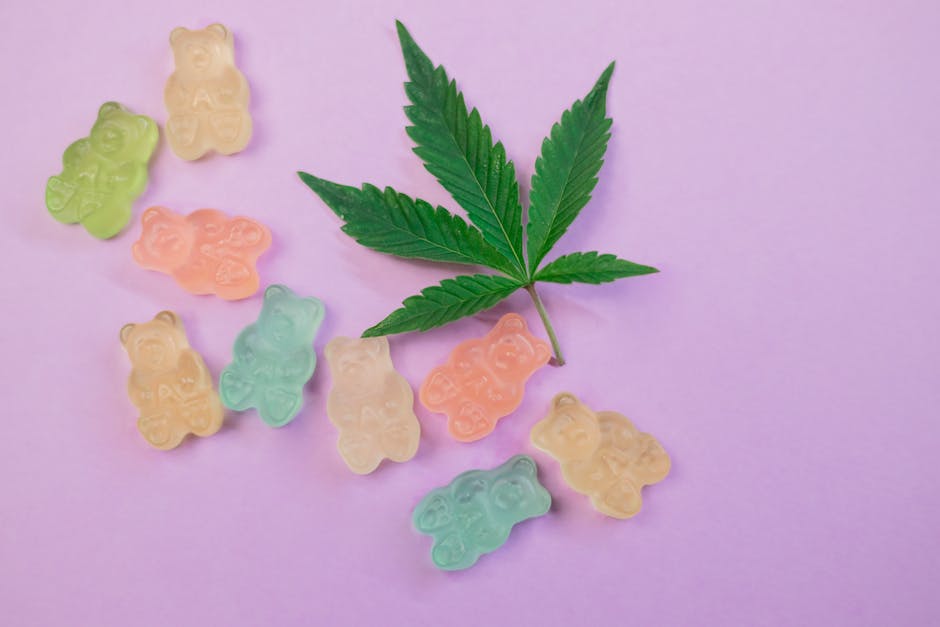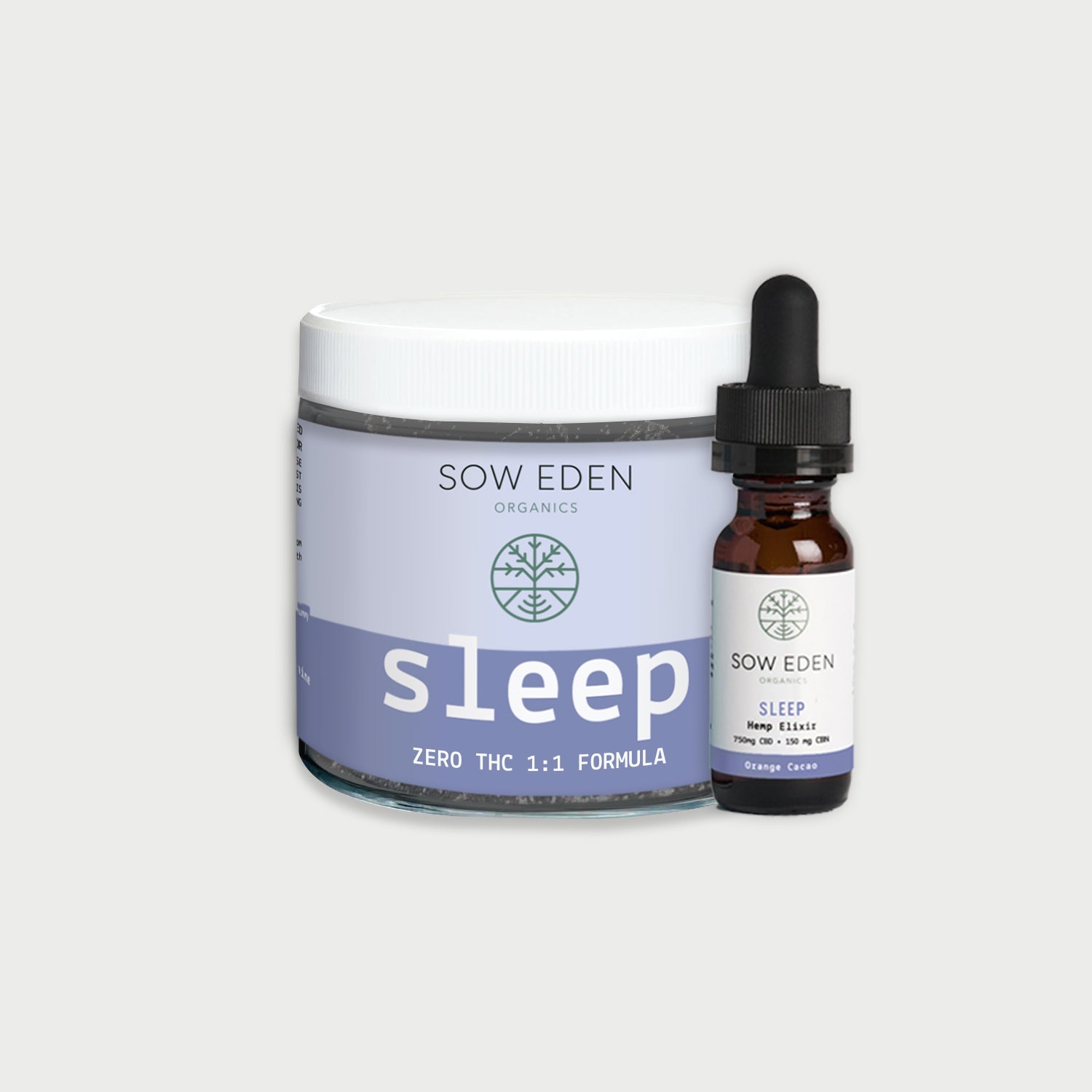Did you know that no government agency in the U.S. currently mandates that hemp-derived CBD companies submit their products for 3rd Party (independent) laboratory testing? Crazy and scary all at the same time, right? Although this fact is a very unfortunate pitfall of the burgeoning hemp CBD industry, many reputable companies have taken it upon themselves and test their products every single time they formulate a new batch. It’s just the ethical thing to do! This blog will cover what exactly a COA is, and how to interpret and understand what you’re looking at when reviewing laboratory testing documents.
SO WHAT EXACTLY IS A COA?
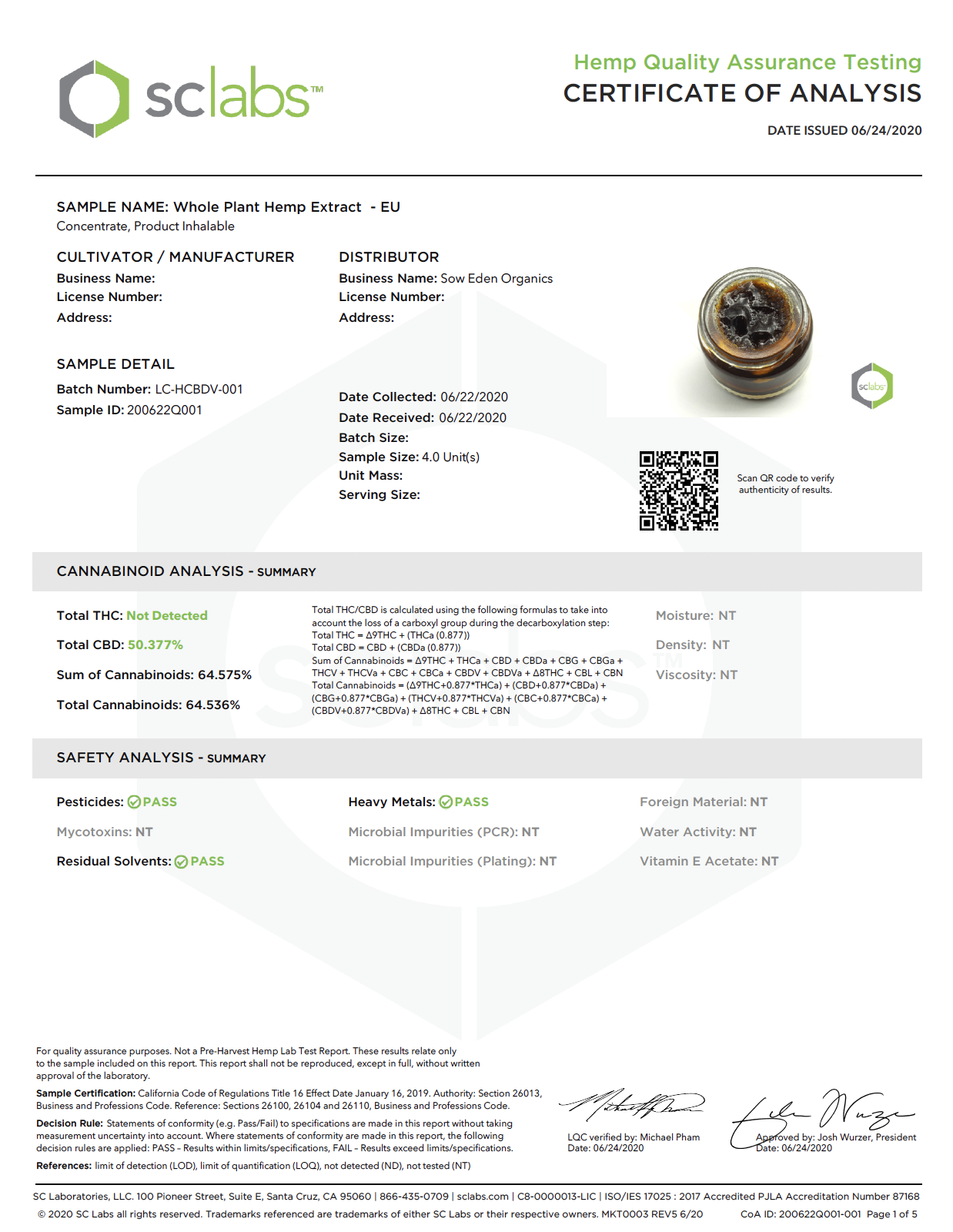
A COA stands for “Certificate of Analysis.” Any accredited testing lab will issue a COA after lab analysis is complete. This COA document is the best way to verify if the oil or product has been lab tested. Specialized testing labs can analyze CBD oils and products for several different analytes — the substance being analyzed — including but not limited to:
- Cannabinoid Potency
- Terpenes
- Heavy metals
- Residual Solvents
- Pesticides
- Microbiological Contaminants
- Mycotoxins
Most of the time, COAs will be attached to a scannable QR code, so this way the results can be directly verified through the lab’s website. Unfortunately, some unethical companies out there have been known to forge their COAs, meaning they either manipulate the original testing data to fit their needs or advertised parameters. Or, they completely falsify the report and make up all the numbers, when in actuality no lab analysis was ever conducted on the product in question! Gotta love Photoshop! When in doubt, you can always contact the testing laboratory directly to verify testing results over the phone!
SOME IMPORTANT TERMINOLOGY
So before we really jump in, two of the most important key terms when reading a COA are the acronyms NT, “Not Tested”, and ND, which stands for “Non-Detectable” or “Not Detected.” Seeing ‘ND’ in the pesticides or residual solvents analysis sections of a COA is a great thing, because it means none was detected in the analysis. But an NT (or sometimes a simple dash or asterisk) means there could still be pesticides or heavy metals lurking in the product, since that category wasn’t tested. Another term is ‘< LOQ’, or “less than the Limit of Quantification.” LOQ is basically the lowest concentration at which the analyte can be reliably detected, a factor that is based on laboratory ‘standards’ of any given substance. The LOD, or the “Limit of Detection,” is the lowest quantity of a substance that can be distinguished from the absence of that substance (a blank value) with a stated confidence level (generally 99%). The image immediately below shows one our product COAs with all three of these terms as they relate to pesticides. The final term we wanted to mention is the ‘μg/g,’ ormicrogram per gram, which is “Parts Per Million (PPM).” By the way, 1 PPM = 1000 PPB (Parts Per Billion).

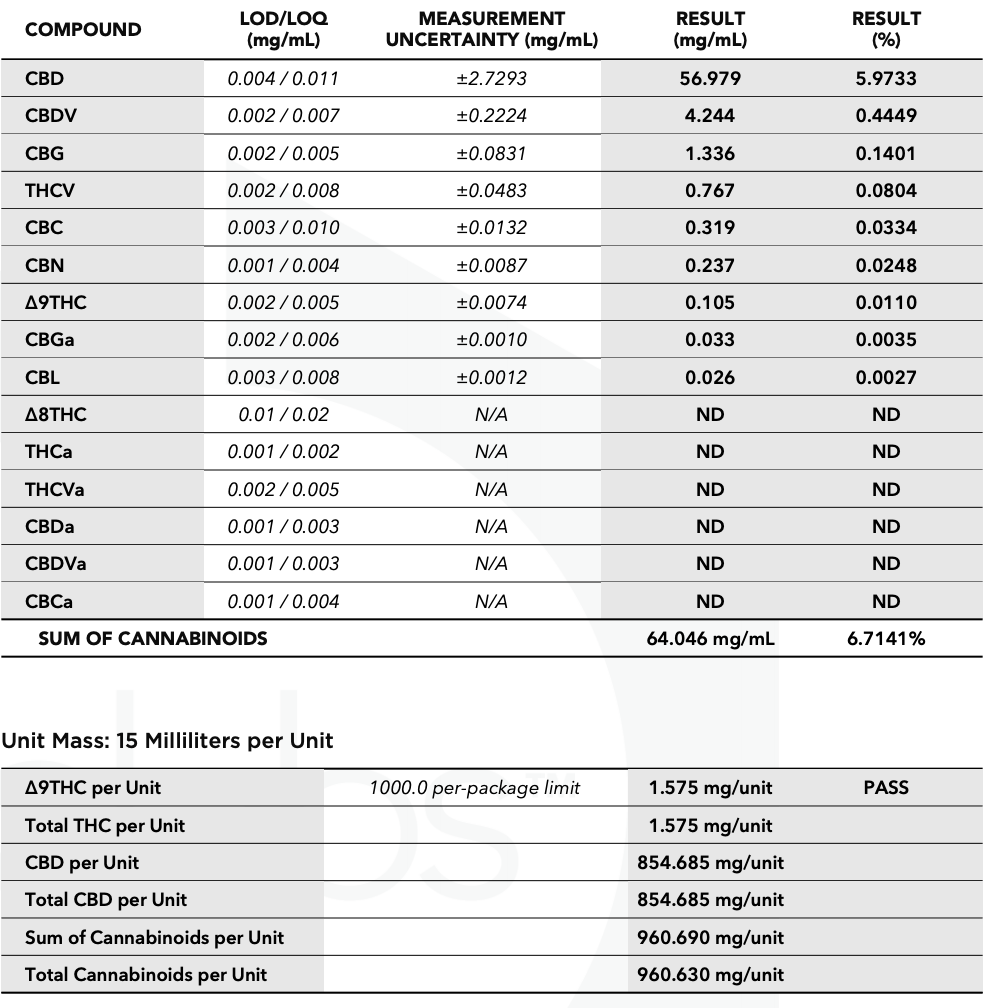
Cannabinoid potency analysis of Sow Eden Organics’ “BOOST” - B-071420
CANNABINOID POTENCY Cannabinoid Analysis accurately measures how much CBD and other cannabinoids are in a product. Typically, the potency results will be expressed in milligrams / milliliter (mg / mL), mg / gram (mg /g ), and mg / unit, or more confusingly as a percentage (% per weight). The “Result (mg / mL)” column (see left) taken from one of our recent COAs shows how much CBD and other cannabinoids are in 1 mL (approx. 0.95 gram = 1 dropper full) of the product. So, the CBD content in our 750 mg tinctures is usually around 50+ mg CBD / mL , or 750+ mg CBD per unit. Remember, our tincture bottles are 15 mL (0.5 fl oz) with 750 mg total CBD. It’s always important to look at the total unit size to determine total potency, shown at the bottom of the chart. When reading cannabinoid potency on a COA, another thing to look out for is the level of minor cannabinoid content. Minor cannabinoids include CBG, CBC, CBN, CBDV,
THCV, CBL, and so on and so forth. By the way, they’re called “minor cannabinoids” because they occur in much smaller concentrations compared to the dominant cannabinoids, CBD and THC. Unfortunately, some testing laboratories only report CBD and THC levels, but these two cannabinoids only tell part of the story. A true full spectrum cannabinoid analysis is best.
Speaking of “full spectrum CBD,” when a company claims that their CBD is “full spectrum,” their product should contain around 0.3% THC (Delta-9 THC or its precursor, THC-Acid). If the product contains around 0.3% THC (see the % / w column on the COA), it is most likely full spectrum. But don’t get us started on how most full spectrum oils on the market are laughably full spectrum, meaning they truly lack full spectrum cannabinoid profiles and are ultimately mis-marketed.
Being able to read cannabinoid potency on a COA is particularly important for CBD users who are drug tested. If the product is labeled “broad spectrum,” it should contain zero THC (‘ND’) or contain less than a few milligrams total per bottle (per total unit).
For both broad and full spectrum products, the minor cannabinoids should be present in the lab results. If the results just show CBD and CBD only, and/or all the other minor cannabinoids test at zero (ND) levels, the company shouldn’t be trusted — their products are not truly full or broad spectrum; they're probably isolate based. Take, for example, this snapshot of a competitor’s CBD oil (see below), which is labeled as “full spectrum.” After a quick look at the potency results, this is just plain and simple false advertising. Notice how there is only CBD detected (1.77%) and all the other cannabinoids measure as < LOQ. This is most likely CBD isolate, maybe watered down broad spectrum distillate at best, but definitely not full spectrum.

A snapshot of a competitor’s cannabinoid potency analysis. Notice how only CBD is present. This is not “full spectrum.” It is CBD isolate.
HEAVY METALS
You may be wondering, “why CBD oil can contain heavy metals like mercury, cadmium, arsenic, and lead?” The main reason why CBD oil can contain heavy metals is due to the fact that the cannabis plant can absorb toxins from the soil, air, and water supply. This is called “bioaccumulation,” a process in which a living organism accumulates toxins from its environment and stores them in its tissue. (Compare to mercury accumulation in fish). For this reason, hemp is an amazing bio-remediator, meaning it has the potential to heal the soil. Many hemp farmers are growing on land that was previously used for industrial agriculture, rather than virgin or organic soil. So, the soil and ground water is
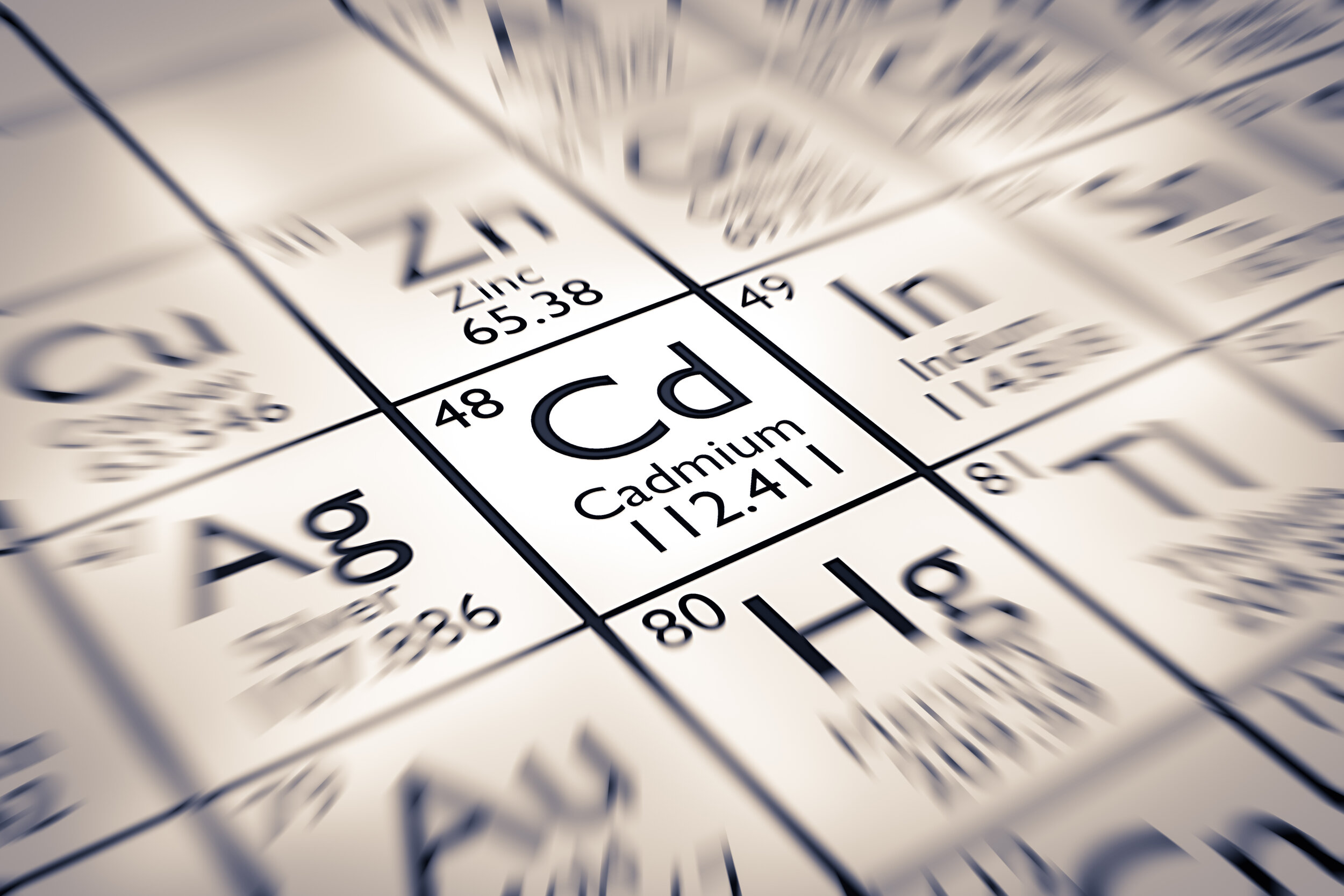
often contaminated with synthetic fertilizers, toxic pesticides, and heavy metals. Because the plant can absorb these toxins from its environment, they are concentrated in the plant tissue and end up being extracted into the oil. This is why it’s very important to grow hemp organically, and it necessitates that farmers conduct soil and water analysis before planting their crop to ensure the end product is free from these contaminants. We always test our CBD extract for heavy metals. If you look at a COA and it just shows cannabinoid potency, you should ask the company why they don’t perform heavy metal testing! Know your CBD! And remember, if there is a heavy metals analysis on the COA, you preferably want to see “ND” (Not-Detected) on the COA.
PESTICIDES & FUNGICIDES
Like almost every aromatic plant, cannabis attracts insects which can harm the end quality of the crop. To mitigate insect damage, farmers utilize insecticides in their integrated pest management (IPM) strategies. Dense cannabis flowers grown outdoors are also prone to powdery mildew or botritis (mold), especially after a rain, so many farmers will spray fungicides — even up to the day of harvest — to suppress or kill fungal pathogens before they have the chance to damage the harvested crop or harm the end user of the product. The importance of implementing an organic IPM strategy is related to the amount of pesticide/fungicide residues left on the plant after harvest. If synthetic pesticides or fungicides are used, there is an extremely high likelihood that the CBD extract will itself contain dangerous levels of these substances.
When looking at a COA, if there was no pesticide analysis performed, we don’t recommend purchasing the product. Pesticides/fungicides can be very harmful to your health, as they are linked to certain neurological conditions and even certain cancers. Yikes! The ideal lab result should be ND, “None Detected,” or < LOQ. In a lot of circumstances, instrument detection of certain pesticides greater than ND will automatic flag a FAIL on the COA. At Sow Eden, we run a full-panel of pesticide/fungicides on our CBD extract, as well as our manufactured products.
MICROBIOLOGICAL IMPURITIES
Microbiological contaminants typically include harmful bacterial organisms such as Salmonella and E. Coli. Harmful bacteria can end up in finished products due to unsanitary manufacturing conditions. If good manufacturing practices aren’t in place, or an employee doesn’t wash their hands, or change their gloves after touching a contaminated surface, or mixing equipment isn’t sterilized correctly, there is an opportunity for cross contamination. When it comes to anything ingestible, it is highly recommended that you only purchase a product if the COA shows analysis for microbiological impurities. Bacterial organisms can make you violently ill.
RESIDUAL SOLVENTS
Unless a hemp extract is cold-pressed or extracted without the use of solvents, there is a possibility there could still be residual solvents lurking in the oil. This can happen when the solvent recovery process is either rushed or not carried out at the proper temperature range. There are numerous solvents used commercially to extract CBD oil from hemp. We prefer an ethanol (alcohol) extract, but many companies use oils extracted with harsher hydrocarbon solvents. It’s always best to see if the product you’re buying has been tested for residual solvents. As always, you ideally want to see ND “not detected” on the COA, and be skeptical if there is no analysis!
BATCH / LOT NUMBER
When looking at a COA, make sure the product has a specific batch number listed under the sample details. While it may not seem that important at first, a batch or lot number is extremely important for traceability purposes. We have seen so many instances where other companies don’t provide a batch code on the COA, so there is no way for a customer to know what they’re actually getting, or for the company to trace the product if there is an issue or recall. Plus, if you buy a product that doesn’t have a lot number associated with it, how do you know that it’s the same product analyzed on the COA? It could be a totally different batch than the one associated with the COA. It could have way less CBD in it, or it could contain pesticides or heavy metals. It’s always best when there is a scannable QR code on the box or product itself. If you can’t verify that the product you bought or would like to purchase connects back with a specific COA, we urge you to be cautious and skeptical.
At Sow Eden, we carefully keep track of every single ingredient in each batch of product we manufacture. We know exactly which lot every single one of our raw ingredients belongs to. Even though it is very expensive, we test every single batch we make. These are protocols every company should follow.
THE TAKE AWAY
COAs are extremely important lab testing verification documents. The major lack of regulation in the CBD industry has fostered an environment of shady or negligent companies who don’t care about you or your health and wellness. If you can’t find lab results on a company’s website, we urge you to not buy the product(s). Remember, your health is at stake here. Cannabinoid potency only on a COA is just not good enough. You need to see heavy metal analysis, pesticide analysis, and residual solvent analysis at the very least! You are now an educated consumer.
At Sow Eden, we test our products at multiple stages throughout the cultivation and manufacturing process. The first stage of testing happens at the farm-level, prior to harvest, to ensure that the cannabinoid content of the CBD extract does not exceed 0.3% THC (to comply with Federal Hemp law). The second lab analysis occurs after the CBD oil is extracted from the flower (in its crude form), prior to us acquiring it directly from our farm(s). Our CBD extract is tested not just for cannabinoid potency (e.g., CBD content), but also for heavy metals, residual solvents, pesticides, harmful microbiological contaminants, and mycotoxins. Once we are absolutely certain our CBD extract meets our ultra high standards, we formulate our products and then re-test post-formulation, all to ensure our customers are receiving the cleanest and most effective product out there on the market.
By the way, if you ever have any questions about our lab results, please don’t hesitate to contact us! We are happy to answer any and all questions.


